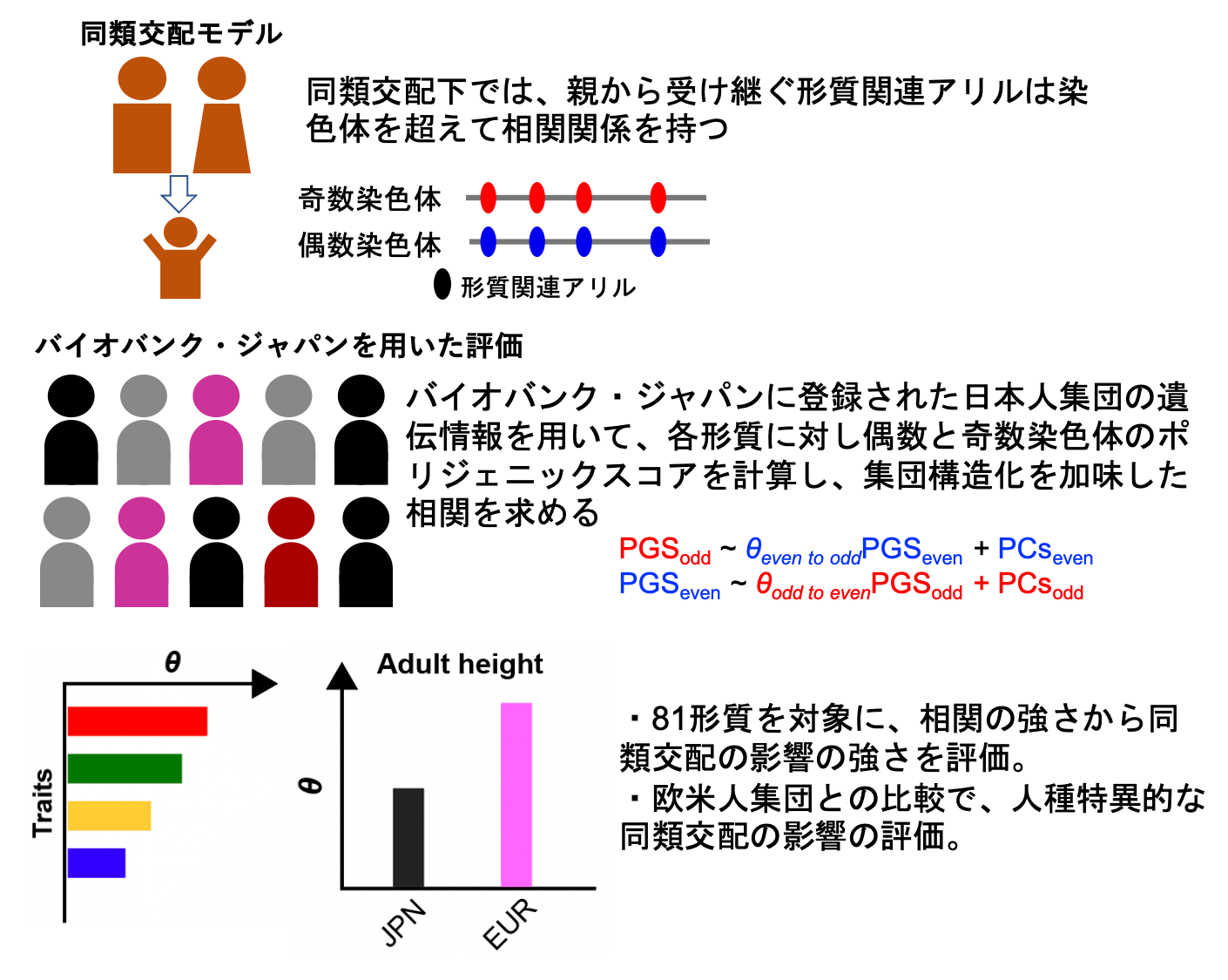2022-09-26 イリノイ大学アーバナ・シャンペーン校
<関連情報>
- https://aces.illinois.edu/news/what-keeps-plant-roots-growing-toward-gravity-study-identifies-four-genes
- https://www.pnas.org/doi/full/10.1073/pnas.2212199119
重力屈性の自然変異に影響を与える遺伝子を同定するためのトウモロコシおよびシロイヌナズナQTL内のオーソロジーの活用 Leveraging orthology within maize and Arabidopsis QTL to identify genes affecting natural variation in gravitropism
Takeshi Yoshihara, Nathan D. Miller, Fernando A. Rabanal, Hannah Myles, Il-Youp Kwak, Karl W. Broman, Boris Sadkhin, Ivan Baxter, Brian P. Dilkes, Matthew E. Hudson and Edgar P. Spalding
Proceedings of the National Academy of Sciences Published:September 26, 2022
DOI:https://doi.org/10.1073/pnas.2212199119

Significance
Plants use the Earth’s gravitational field to orient their growth, but there are large gaps in our understanding of the mechanism. We measured thousands of corn seedling roots, changing their growth direction in response to gravity (gravitropism) with machine vision methods, and we used genetic information about the seedlings to coarsely map the genomic positions of influential genes. Because we had previously performed the same experiment with the distantly related Arabidopsis plant, we could use a gene-relatedness search to pinpoint only those genes residing within the relevant regions of the genome in both species. Follow-up tests verified the identity of four genes that modify root gravitropism. The new information could help us understand how gravity shapes root system architectures.
Abstract
Plants typically orient their organs with respect to the Earth’s gravity field by a dynamic process called gravitropism. To discover conserved genetic elements affecting seedling root gravitropism, we measured the process in a set of Zea mays (maize) recombinant inbred lines with machine vision and compared the results with those obtained in a similar study of Arabidopsis thaliana. Each of the several quantitative trait loci that we mapped in both species spanned many hundreds of genes, too many to test individually for causality. We reasoned that orthologous genes may be responsible for natural variation in monocot and dicot root gravitropism. If so, pairs of orthologous genes affecting gravitropism may be present within the maize and Arabidopsis QTL intervals. A reciprocal comparison of sequences within the QTL intervals identified seven pairs of such one-to-one orthologs. Analysis of knockout mutants demonstrated a role in gravitropism for four of the seven: CCT2 functions in phosphatidylcholine biosynthesis, ATG5 functions in membrane remodeling during autophagy, UGP2 produces the substrate for cellulose and callose polymer extension, and FAMA is a transcription factor. Automated phenotyping enabled this discovery of four naturally varying components of a conserved process (gravitropism) by making it feasible to conduct the same large-scale experiment in two species.


